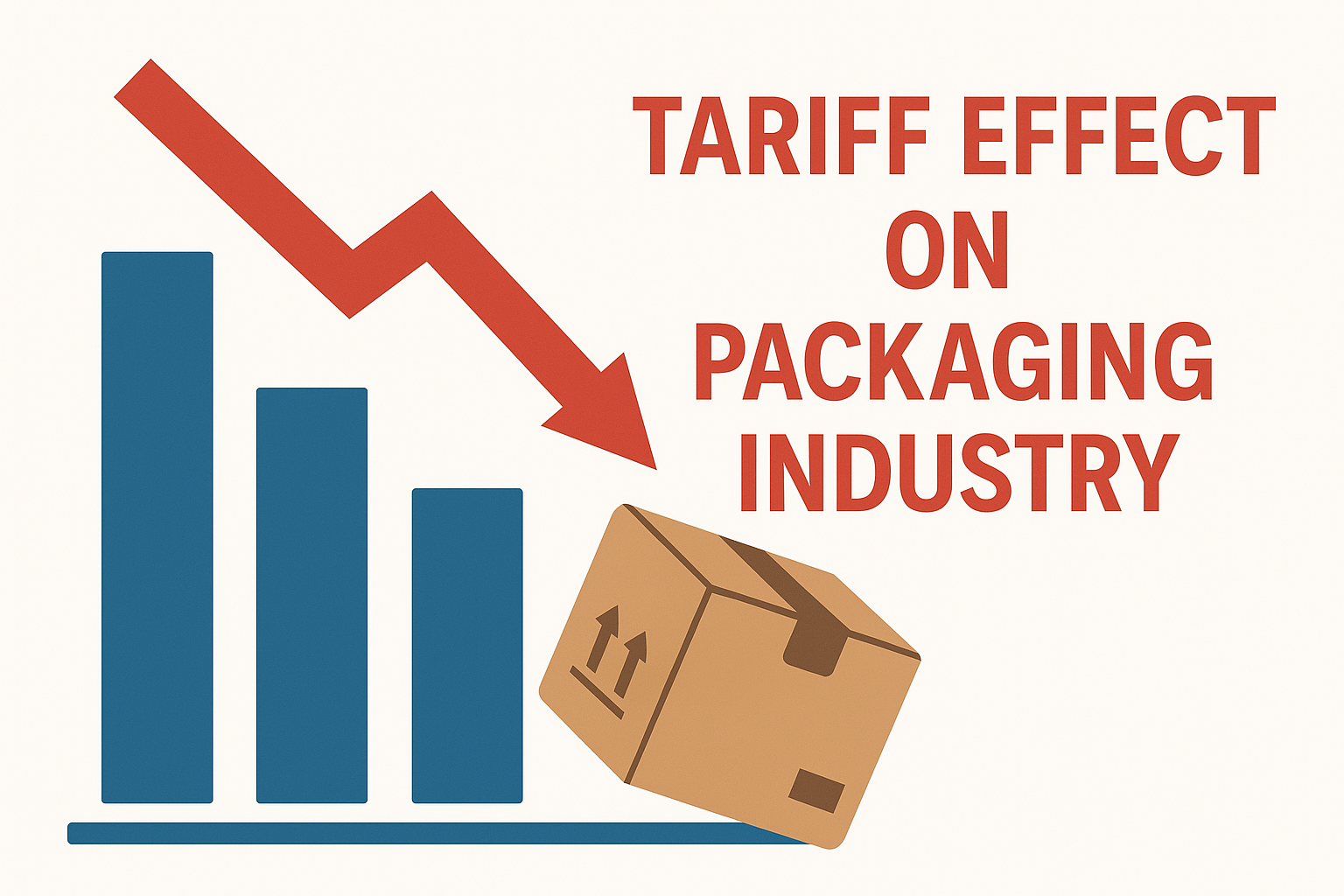
The four vials were intercepted before they could be distributed to pharmacies or patients.
In the announcement the IGJ stated: It is not clear whether it was only a different package or actually counterfeit medicines. That investigation is still ongoing. The inspectorate, in any case, regards the medicines in question as falsified, because they have been out of the legal chain and therefore out of sight of our supervision. The inspectorate does not know under what conditions they were transported, what happened to them when they were in the hands of the counterfeiters, and what impact that might have had on the effect of the medicines. As a result, we can no longer guarantee the safety of the medicines and they can no longer be used.
The FMD Regulation obliges the application, registration and de-registration of a unique serial number on this category of drug packages. In addition, the Regulation obliges the affixing and checking of a seal on medicinal packaging. The unique serial numbers are recorded in national databases.
Producers of prescription medicines are using a modern 2D barcode for the unique serial numbers, which replaces the old-fashioned barcode: the data matrix. In addition to the serial number, the data matrix also contains information about the product code, batch number, expiration date and, if necessary, the national reimbursement number. When the manufacturer has sealed the boxes and provided them with the data matrix with serial number,it must place the numbers in the central database of the Member State where the boxes are destined.
It can happen that a batch of medicines goes to another country. If the target market of a drug changes, the batch’s serial number is sent via a central European node or hub to the central system of the correct country.







